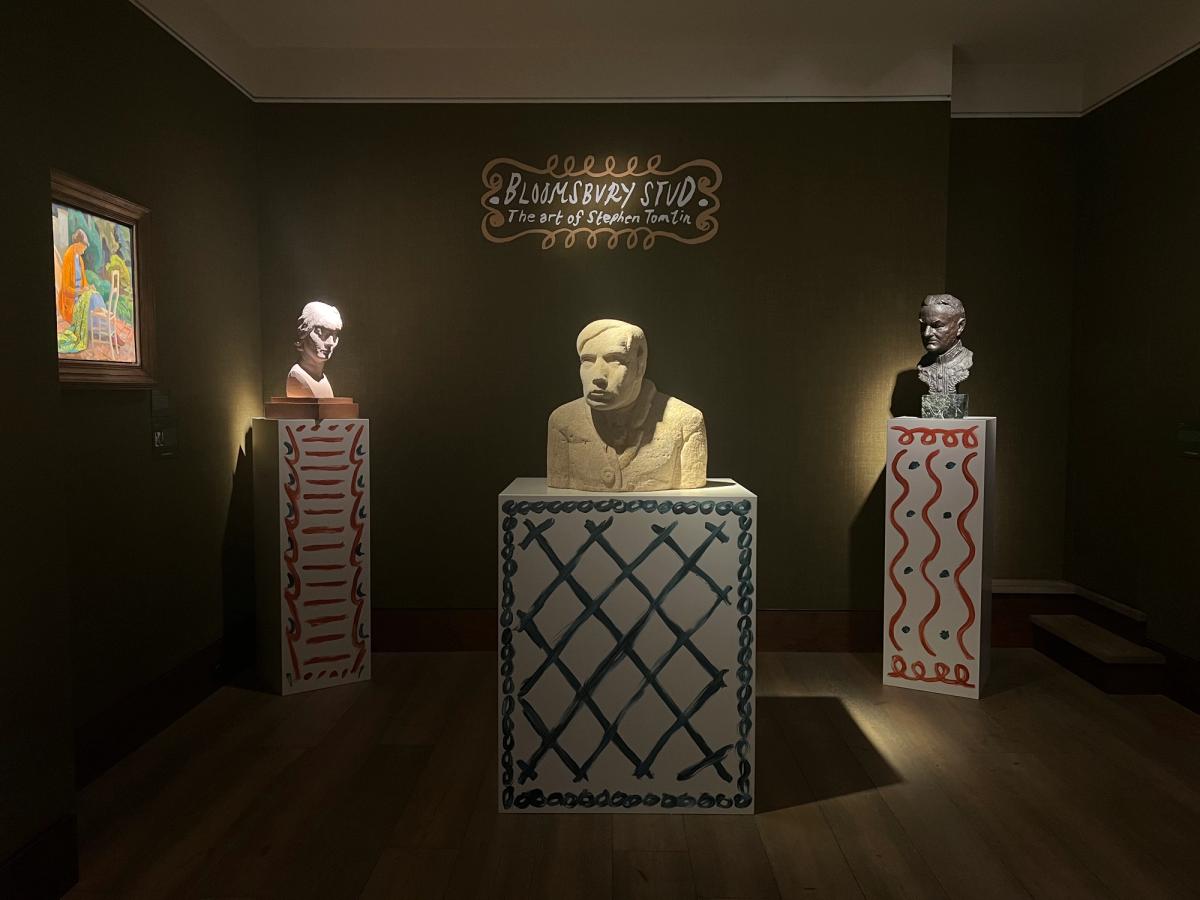London might have been lighter on art fairs this June but the gallery trail London Art Week’s (LAW) summer edition returns (until 7 July) with 51 galleries taking part, both in person and online. And it is all the more important this year to many non-contemporary galleries who find themselves with a real shortage of summer fairs in which to participate, with the demise of Masterpiece London and Olympia (though the new Treasure House Fair on the old Masterpiece site at the Royal Hospital Chelsea in late June did provide an outing for some).
While the newer London Gallery Weekend (LGW, in June) focuses on contemporary art galleries, LAW takes in a range of specialisms from antiquity to 21st century, but with a definite bias towards historic art—participants show paintings and sculpture alongside decorative arts and, for the first time, rare books, maps and manuscripts.
Exhibitions take place in galleries around St. James’s, Mayfair, Pimlico, Kensington and Chelsea, as well in South Kensington’s Cromwell Place, and online (post-pandemic, participants can now choose to be online only). Christie's, Sotheby's and Bonhams auction houses join in with their Old Master sales this week too.
Unlike LGW, LAW is not about showing the newest names to know in contemporary art, but one of its strengths is serving up the unexpected—be that a rediscovered Old Master or small-scale exhibitions that often focus on lesser known artists of years or centuries gone by, artists that we might otherwise never come across.
Here are six shows to see before they close on Friday.
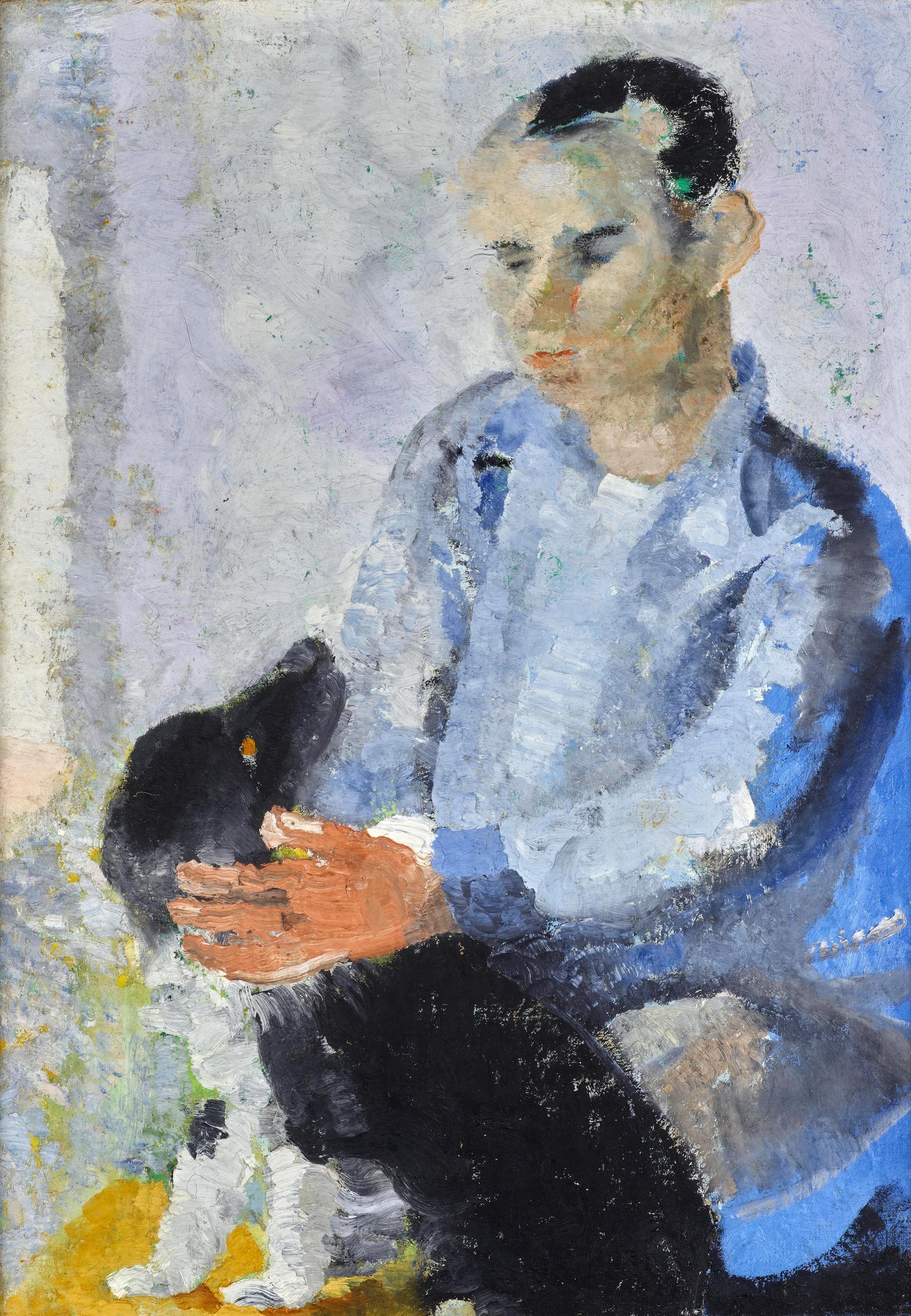
Winifred Nicholson's Ben & Slinky
Courtesy of Patrick and Cordelia Bourne
Patrick Bourne & Co, 6 St James's Place, London, SW1A 1NP
Husband and wife team Patrick and Cordelia Bourne are exhibiting a small group of six works, from a private collection, by the British painter Winifred Nicholson, who lived between Cumberland, London and Paris. Two of the works are, according to the gallery, among the artist’s most important and have never before been on the market—Ben and Slinky (1927), depicting Winifred’s husband, the artist Ben Nicholson, and his dog (so called due to his habit of slinking towards the chicken coop), and Sequence of Rectangles (around 1934).

Stephen Tomlin's bust of Julia Tomlin (née Strachey) from 1928
Courtesy of Philip Mould
Philip Mould & Co, 18-19 Pall Mall, London, SW1Y 5LU
“The devastation of all hearts”. That is how Virginia Woolf described the sculptor Stephen Tomlin, a now little-known member of the Bloomsbury group who died at the age of just 35. He is the subject of Philip Mould’s LAW exhibition, Bloomsbury stud: The Art of Stephen Tomlin (from 5 June to 11 August). As the exhibition’s title not-so-subtly suggests, Tomlin had numerous affairs, with men and women, including Duncan Grant and Dora Carrington, the writer David Garnett, the photographer Barbara Ker-Seymer and Tomlin's own wife’s uncle, Lytton Strachey. The show will include a bust of Strachey, alongside those of Grant and Woolf (both on loan from the Charleston Trust).
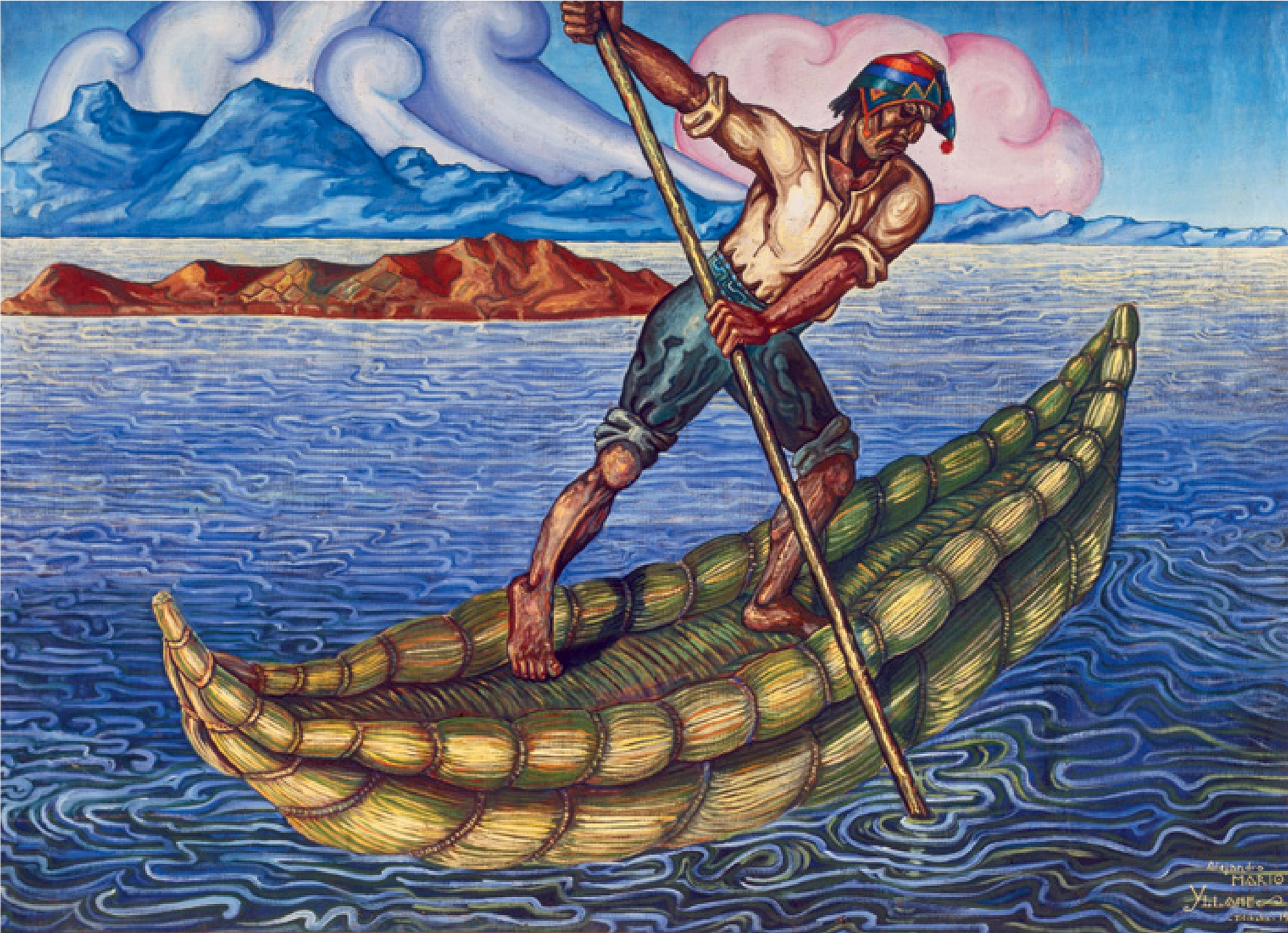
Alejandro Mario Yllanes's Balsero del Titicaca (1935)
Courtesy of Ben Elwes Fine Art
Ben Elwes Fine Art, 45 Maddox Street, London, W1S 2PE
An air of mystery surrounds the late Alejandro Mario Yllanes, a self-taught Bolivian painter and political activist who disappeared from public record in 1946 after winning, but not claiming, a coveted Guggenheim Foundation Grant. Although he showed in the Americas during his lifetime, his work has not been exhibited publicly for almost 30 years. It now receives its first ever showing in Europe, at Ben Elwes Fine Art, which is staging a solo exhibition of the artist during London Art Week. “We were asked to sell the entire surviving body of work—monumental paintings and works on paper—by this remarkable Modern Bolivian artist,” says the gallery’s co-founder Rachel Elwes. The work on sale belongs to a European couple who acquired in the 1990s. “With indigenous heritage, Yllanes addressed the subjugation, struggle and liberation of the Aymara people at a time of upheaval in Bolivian history,” Elwes says. Such themes are evident in Yllanes’s oil painting of a raft worker crossing Lake Titicaca, a scene he depicted in a 1930s mural that was later destroyed. Yllanes recreated the work to a similar monumental scale, placing various aspects of indigenous Bolivian culture in “pride of place”, Elwes says.
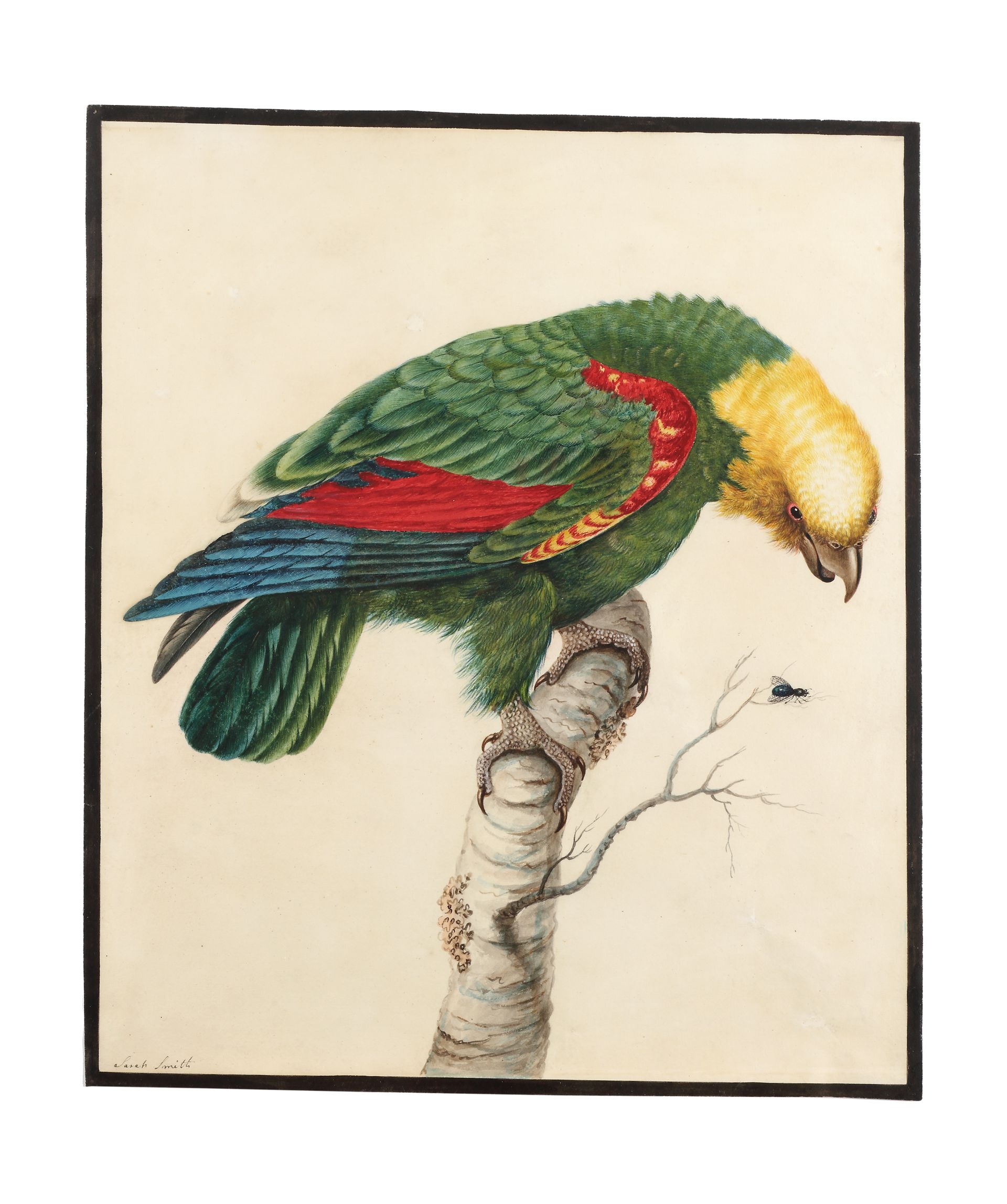
One of Sarah Stone's ornithological watercolours, on show at Finch and Co
Courtesy of Finch and Co
Finch & Co, Cromwell Place, 4 Cromwell Place, London, SW7 2JE
Born the daughter of a fan painter, the self-taught artist Sarah Stone (1760–1844) started painting at an early age and devoted herself to making intricate watercolours of birds, mammals, fish, insects, shells, minerals and ethnological objects at a time when many species were being discovered and brought back to England for the first time. While she was still very young, Stone was commissioned by Ashton Lever, owner of the Leverian Museum in London, to paint objects from his collection of ethnographica and natural history—just in time as his entire collection was sold at auction in 1806. Now, Craig Finch will exhibit a group of 23 18th century ornithological watercolours by Stone, from a private collection, at Cromwell Place. The decision to take part in LAW after Masterpiece London fair was cancelled, Finch says, was an “obvious decision, joining a well-established, serious platform, with a strong emphasis focused on the museum world and high-end collecting areas.”

A detail of Giambologna's Striding Mars
Courtesy of Stuart Lochhead Sculpture
Stuart Lochhead Sculpture, First Floor, 35 Bury Street, St. James's, SW1Y 6AU
Lochhead’s exhibition The Alchemist’s Laboratory: Giambologna’s Forge in Florence brings together five late 16th century bronzes by Giambologna, including versions of the Striding Mars and Lion Attacking a Horse. The bronzes have been accumulated over 20 years by an American collector, and they will be offered for sale as a group. “While it did not seek to create the philosopher's stone, Giambologna's forge changed the state of metals, pouring together contemporary religious sentiment and pagan mythology, and infusing artistic life into inert matter,” Lochhead says in a statement. “Sculptors from all over Europe took part in this transformative process, learning from his skills, continuing to cast his models for over two centuries and thus testifying to the longevity of his creative strength.”
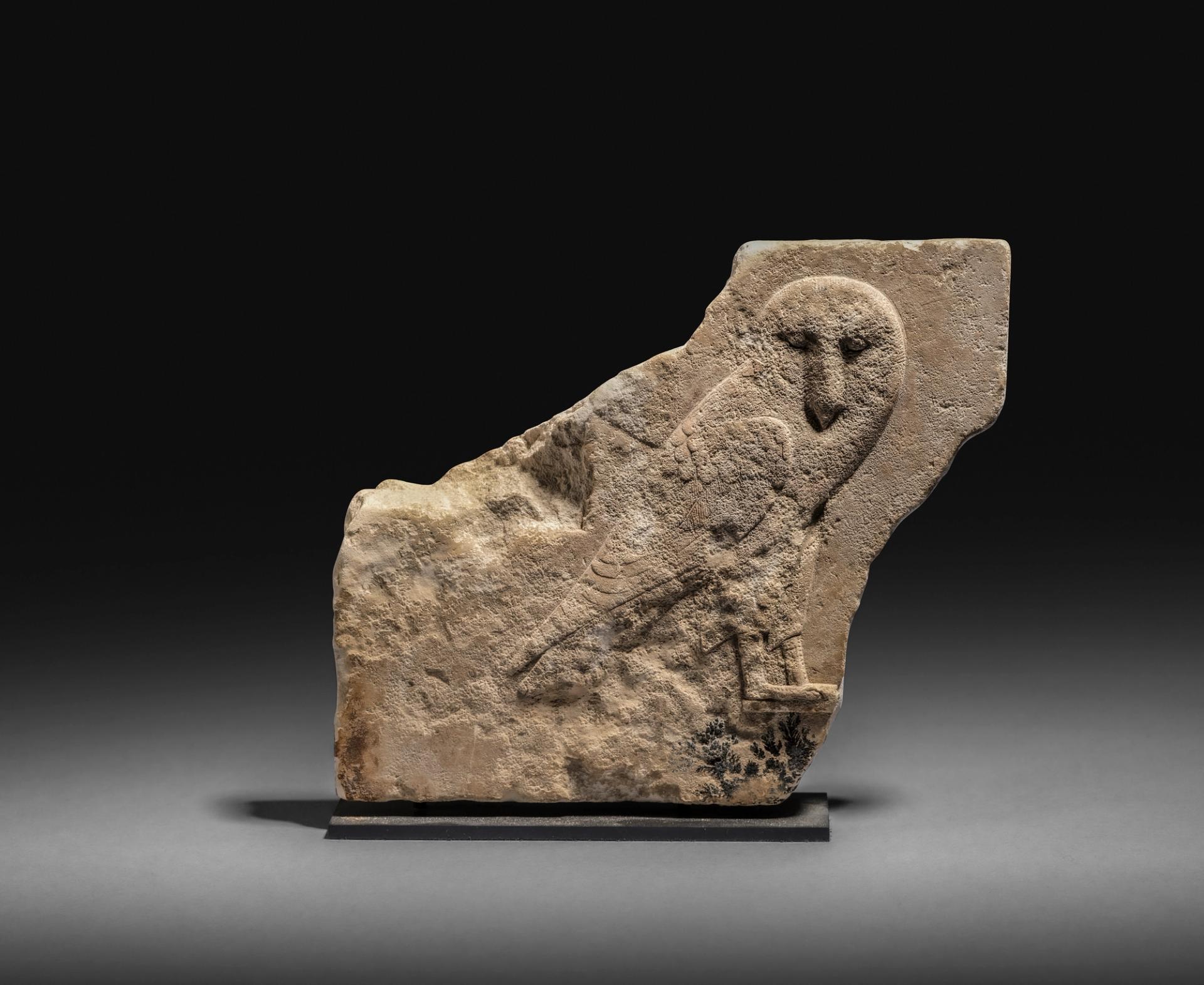
An ancient Egyptian relief of an owl, around 300BC
Courtesy of Rupert Wace
Rupert Bathurst and Rupert Wace, Shapero Rare Books, 106 New Bond St, London W1S 1DN
“The cliche of juxtaposition of ancient art and contemporary art is not new,” says the antiquities dealer Rupert Wace. “Numerous artists from the past have collected antiquities and been influenced and inspired by them and amazed by the skills and purity of aesthetics of the ancients.” Wace has collaborated with the artist Rupert Bathurst for a joint LAW exhibition titled Fragments, which positions antiquities from “across the Classical World, Egypt and the Near East, plus one or two ‘fragments’ from the natural world” next to Bathurst’s watercolour abstractions (which take “on a lent flavour of ambiguous hieroglyphics”, next to the antiquities, Bathurst says). At the heart of the show, Wace says, “is the impermanence and fragility of human existence,” and one of his favourite items in the show is this fragment of an Egyptian relief of an owl, “an ideal example of how a fragment can be a perfect and complete object of beauty.” The relief, which dates to around 300BC, was previously in the collection of Mr and Mrs Vincent Diniacopoulos, who were archaeologists and art dealers in the Middle East, Europe and Canada, and are thought to have bought the owl between 1910 to 1932. It is priced at £24,000.


